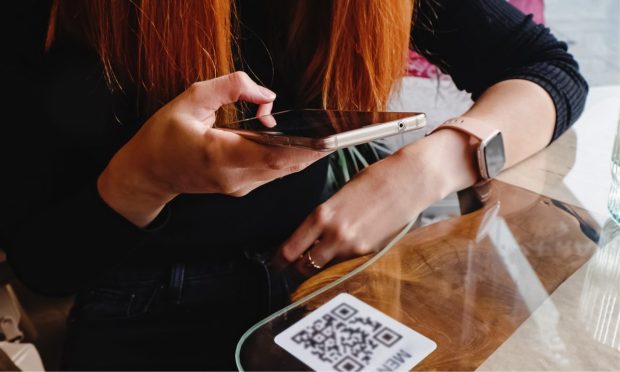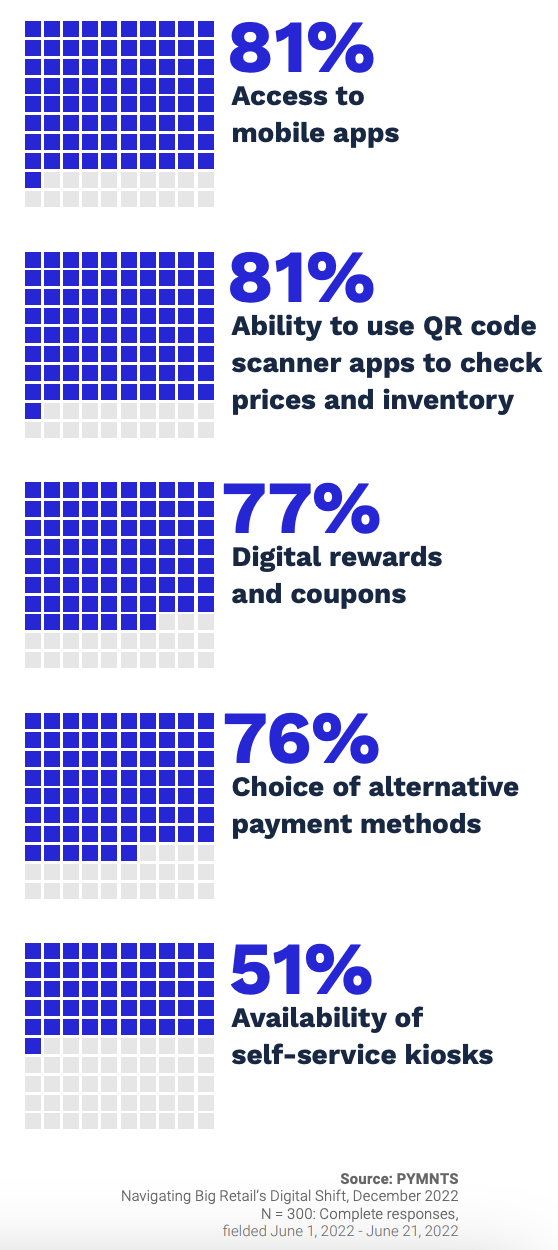Rising QR Code Scams Point to Increasing Abuse of Tech

Where new technology and new payment preferences arise, the hackers and scammers are sure to follow.
Where technology helps connect consumers to apps and payment schemes, new attack vectors arise.
QR codes have been around for roughly 30 years, and are enjoying a tailwind at present. And the bad actors have taken notice.
To that end, the FBI said this week as part of its “Tech Tuesday” briefing, QR code scams are on the rise as consumers increasingly use the option, which can direct them to websites and/or payment portal across a variety of settings, from restaurants to parking garages.
“If you happen to scan a scammer’s bad code, you could end up giving them access to your device. They can access your contacts, download malware, or send you to a fake payment portal. Once there, you can inadvertently give them access to your banking and credit card accounts. If you make a payment through a bad QR code, it’s difficult if not impossible to get those funds back,” the FBI noted, adding that it had seen a rise in such activities beginning with last year.
Not Just for Reading the Menu
As evidence of how pervasive QR codes have become, PYMNTS’ own coverage has highlighted a slew of initiatives that show how connected and embedded the codes have become, as individuals wield their mobile phones in the aisles and seek to broaden their access to information and payments.
Last month, Hallmark forged a partnership with Venmo to introduce over a dozen co-branded physical greeting cards. The cards feature a QR code directing users to Venmo.
Elsewhere, On the Border Mexican Grill & Cantina is tapping QR codes for customer payments, where the feature had been previously tied to menus.
In an interview with PYMNTS, On The Border’s vice president of marketing Suzie Tsai said: “On the payment side, we continue to work through how to make making payments easier, because so much of it has to do with the pacing and timing of service and giving the guests a short, easy, faster checkout experience.”
Beyond retail, Weave, an all-in-one experience platform for small- to medium-sized healthcare practices, has introduced a new feature called Scan to Pay to its payment suite.
The feature aims to streamline the payment process for businesses and their customers by allowing transactions to be completed through a QR code within seconds.
In the PYMNTS report “Navigating Big Retail’s Digital Shift: The New Payments Strategy Evolution,” a ACI Worldwide collaboration, we found that roughly a quarter of merchants in the United States are adding or planning to offer QR payments in the next three years. The tally increases to about 28% of U.K.-based merchants.
There is a growing recognition — and expectation — from consumers that QR codes should be integrated into their omnichannel experiences.
As shown in the chart below, a significant majority — over 80% — of retailers believe that consumer loyalty is dependent on offering QR code scanning as shoppers check product-level data. The chart below notes the percentage of retailers who believe certain tech-enabled in-store features determine loyalty:

